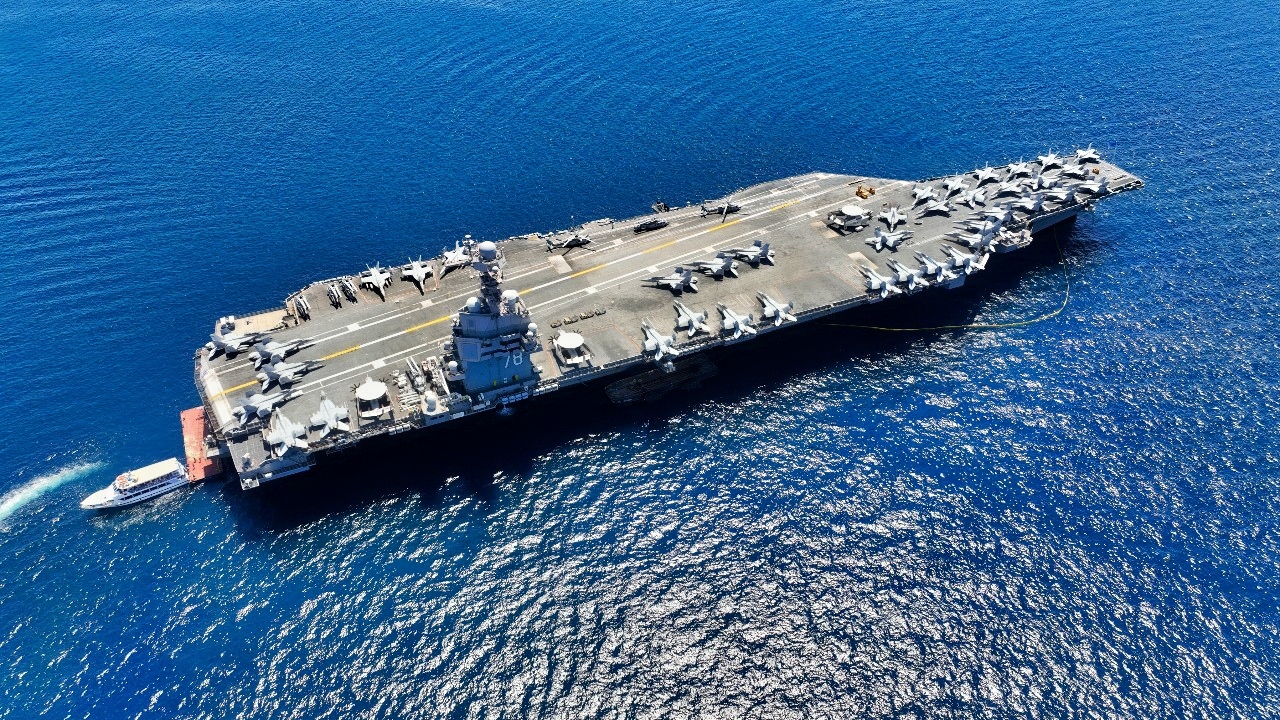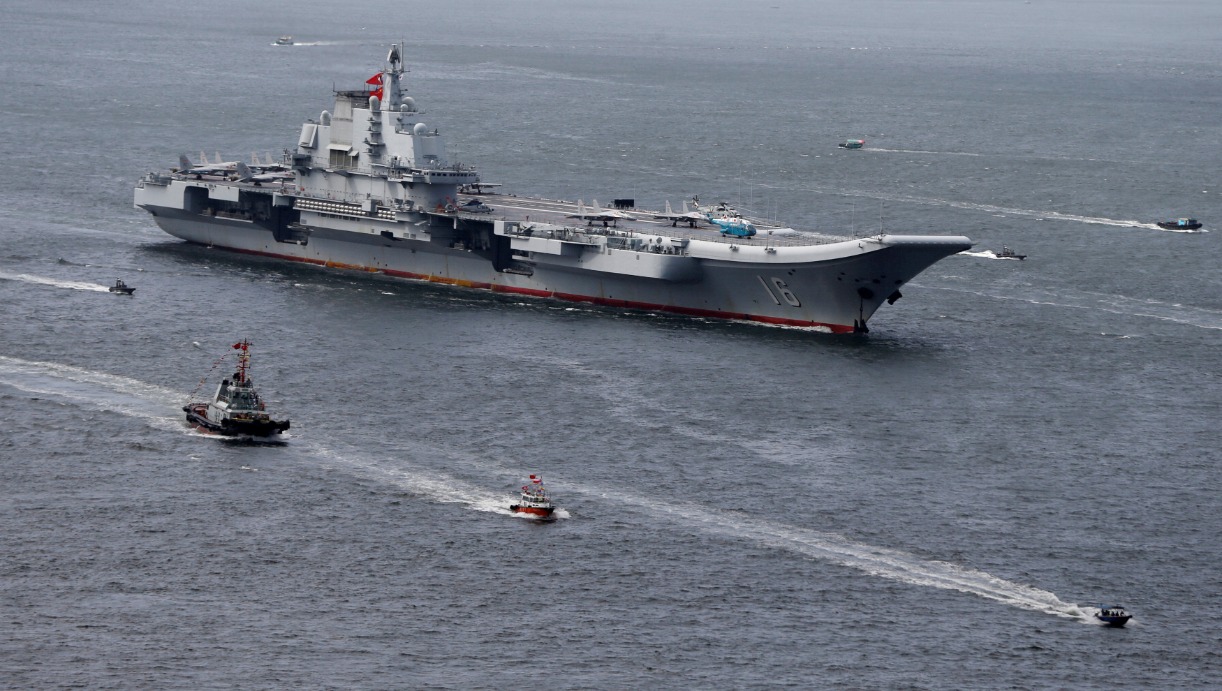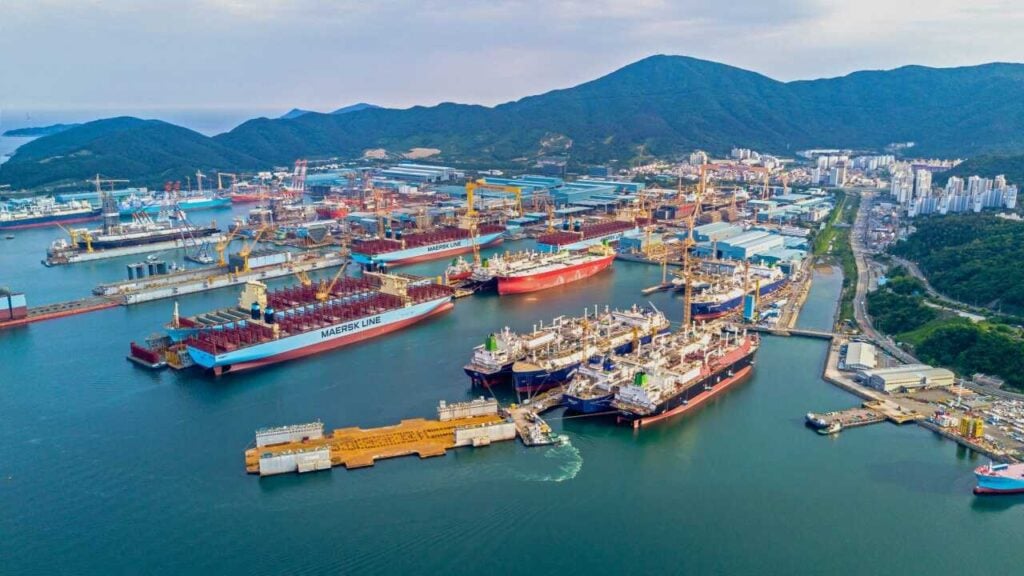
The Real Reason China is Building a Fleet of Aircraft Carriers
What You Need to Know: China has developed a comprehensive anti-access/area-denial (A2/AD) network aimed at neutralizing the United States Navy’s power projection capabilities, particularly its aircraft carriers, across the Indo-Pacific.

-This system is designed to degrade the U.S. ability to intervene in regional conflicts, such as a potential invasion of Taiwan, by keeping U.S. carriers at bay. Despite this, China has been building its own aircraft carrier fleet, aiming to operate within the protective “bubble” of its A2/AD systems.
-The strategy enables Beijing to project power regionally without risking confrontation with the U.S. Navy, ultimately seeking dominance in the Indo-Pacific. While U.S. strategists are working to find ways to penetrate China’s A2/AD defenses, the effectiveness of Beijing’s approach poses a significant challenge to maintaining the balance of power in the region.
China’s A2/AD Strategy: Making U.S. Aircraft Carriers Obsolete in the Indo-Pacific
China has worked harder than almost any other country to make the aircraft carrier an obsolete platform. The Chinese military has arrayed a comprehensive and complex anti-access/area-denial (A2/AD) network throughout the Indo-Pacific all designed to do one thing: negate America’s power projection capabilities.
Specifically, to stymie the United States Navy’s willingness and ability to deploy their powerful aircraft carriers close to regions that China’s A2/AD network covers.
Beijing’s master plan goes something like this: once a shooting war begins with the Americans, pop off the A2/AD weapons to degrade the American ability to deploy aircraft and move warships close to Chinese shores.

In turn, this would give China’s forces the kind of wiggle room they needed to accomplish a herculean task, such as capturing nearby Taiwan.
If the American military can be deterred from intervening on behalf of an ally, such as Taiwan, then China would have critical time to land forces on the island, decapitate the Taiwanese government, and impose their vision of a Chinese-led future upon them.
The A2/AD Challenge
Despite the A2/AD systems that China has deployed significantly degrading the aircraft carrier’s capabilities, Beijing has simultaneously gone on an aircraft carrier building spree of its own. China now has three aircraft carriers, with more on the way, that outstrips any other regional power’s navy, in terms of numbers, and aircraft carrier capability.
Many pro-carrier types in the West use this fact to negate those of us who are skeptical about the carrier’s utility in what is a significantly degraded environment. What these elements miss, either out of ignorance or arrogance, is that China’s investment in its growing carrier force is based upon a long-range, multifaceted strategy.
The carriers will not deploy to the waters outside the range of the A2/AD defenses established by China in the region. Instead, they will operate within the protective bubble that the A2/AD systems create.
By keeping enemy carriers and other surface warships over the horizon, while being able to deploy large numbers of their own, Chinese strategists believe that they can dominate the Indo-Pacific. The carriers under China’s command, once the Chinese military believes it can reliably deter U.S. force projection into the region, can then project their force into places like Taiwan.
It remains to be seen if China has mastered the true art of carrier operations. The Americans have spent the last eighty years perfecting these methods and applying them to the overall U.S. Navy force structure. There are some inherent advantages that the Americans possess over the Chinese when it comes to understanding the real-world workings of the aircraft carrier. Further, there might be ways for the U.S. Navy to penetrate those Chinese A2/AD bubbles.
The Real Reason China Wants Carriers
Then again, given how much dyspepsia the Chinese A2/AD systems have given U.S. Navy strategists, the Americans are not sanguine about the prospects of being able to burst those Chinese A2/AD bubbles.
Hence, Beijing’s notion is that their A2/AD systems can keep enemy surface warships away and they can deploy a sizable aircraft carrier force against a target, like Taiwan, to have their way with that target.
Perhaps the Americans can ultimately knock the Chinese carriers out with their unique systems. But by using the A2/AD networks as a shield behind which to conduct carrier operations against U.S. allies in the Indo-Pacific, Beijing is masterminding a brilliant strategy that could fundamentally upend the power dynamics in the region, permanently tilting those dynamics in China’s favor.
Author Experience and Expertise: Brandon J. Weichert
Brandon J. Weichert, a National Interest national security analyst, is a former Congressional staffer and geopolitical analyst who is a contributor at The Washington Times, the Asia Times, and The-Pipeline. He is the author of Winning Space: How America Remains a Superpower, Biohacked: China’s Race to Control Life, and The Shadow War: Iran’s Quest for Supremacy. His next book, A Disaster of Our Own Making: How the West Lost Ukraine, is due October 22 from Encounter Books. Weichert can be followed via Twitter @WeTheBrandon.
All images are Creative Commons or Shutterstock.
From the Vault
Russia Freaked Out: Why the U.S. Navy ‘Unretired’ the Iowa-Class Battleships
Battleship vs. Battlecruiser: Iowa-Class vs. Russia’s Kirov-Class (Who Wins?)


